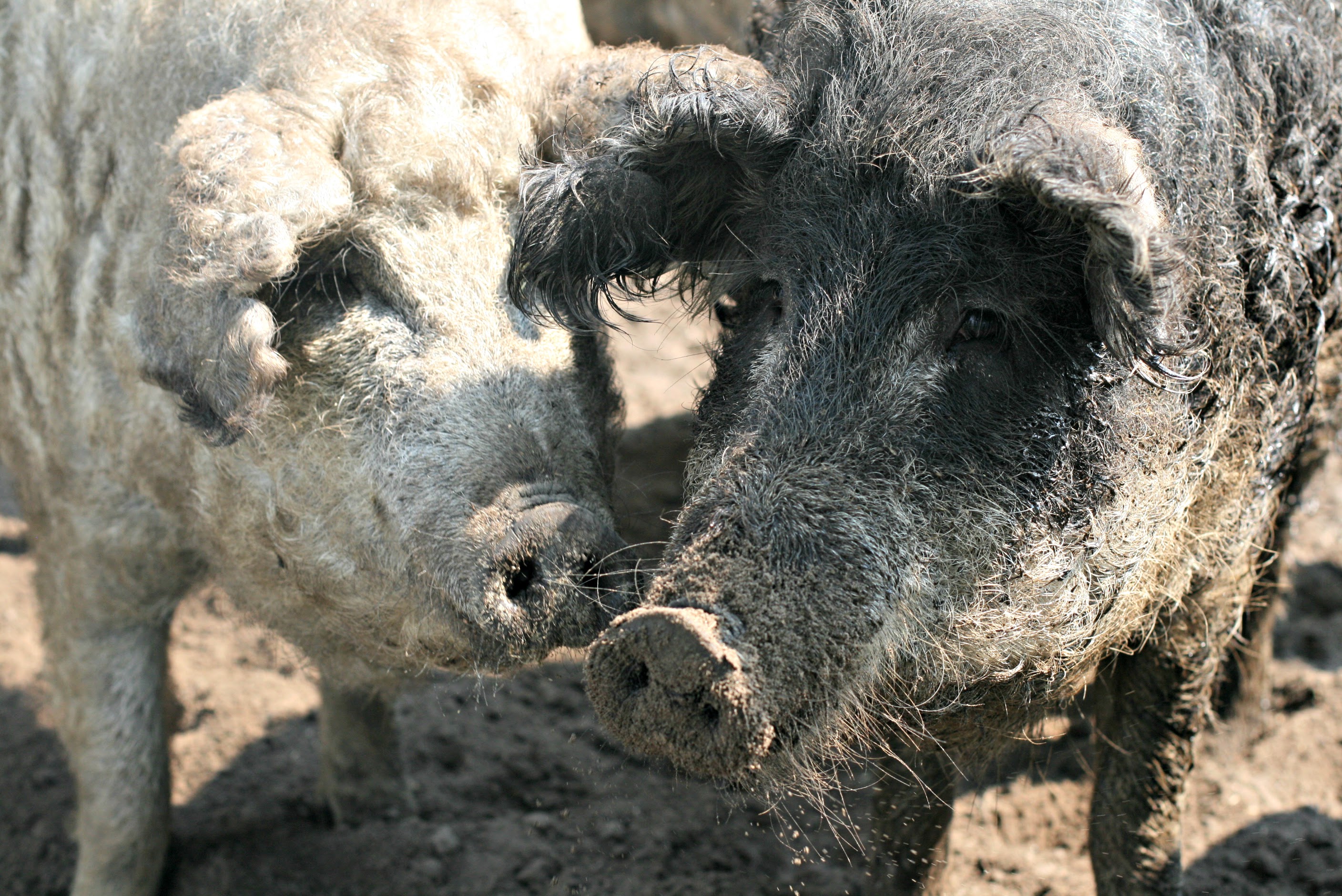
That’ll Do Pig: The Marvelous Rise of Mangalica
4 minutes read
The world loves a good comeback story. Even more-so when it ends with a plate of scrumptious pork chops. This very tale has been playing out on the menus of internationally renowned restaurants like French Laundry in California, New York’s Spotted Pig, and London’s The Pitt Cue Co., which have all at one point helped Mangalica, Hungary’s wonder pork, return from obscurity and into the culinary spotlight, so much so that the New York Times called Mangalica the “next It Pig.”
If you haven’t heard of Mangalica, don’t feel left out: it has only been served outside of Hungary since the early 2000s, and there simply isn’t enough of the prized meat around to make it viable for mass consumption. The fact that there is any of it at all is a small miracle. The heritage breed pig (its genetics have remained untouched since 1833) was recently on the brink of extinction.
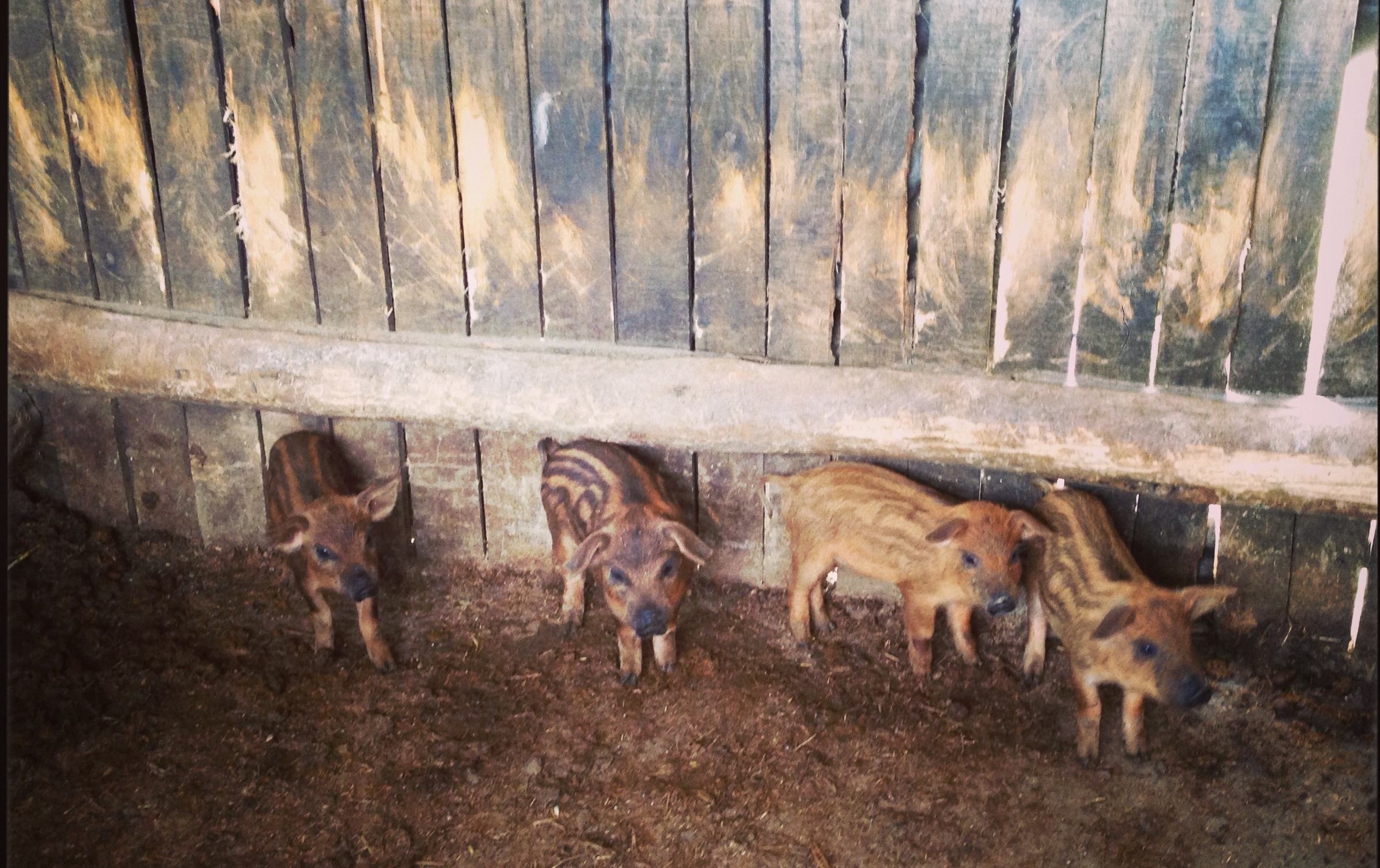
Historically, the breed was kept by family farms in Hungary. But as luxury item that wasn’t suited to industrial farming, the in-coming Socialists of the mid 20th century looked down their snouts at them and concentrated on more common breeds of pig for consumption. By the year 1989, there were fewer than 200 left in the country. It took the keen interest of Spanish animal geneticist Péter Tóth to breed them back to the point where they were viable for production.
Local restaurants were the first to take up the cause, with Budapest’s Klassz and Michelin star winning Costes finding a place for mangalica on the menu. Mangalica soon became a buzzword with food lovers who wanted to see Hungarian cuisine elevated beyond the traditional fare. Mangalica sausage quickly became a staple at markets and specialty butchers. Indeed, Mangalica gained popularity in Hungary with such ferocity that it was soon considered ‘Hungaricum’, or something that is particularly Hungarian.
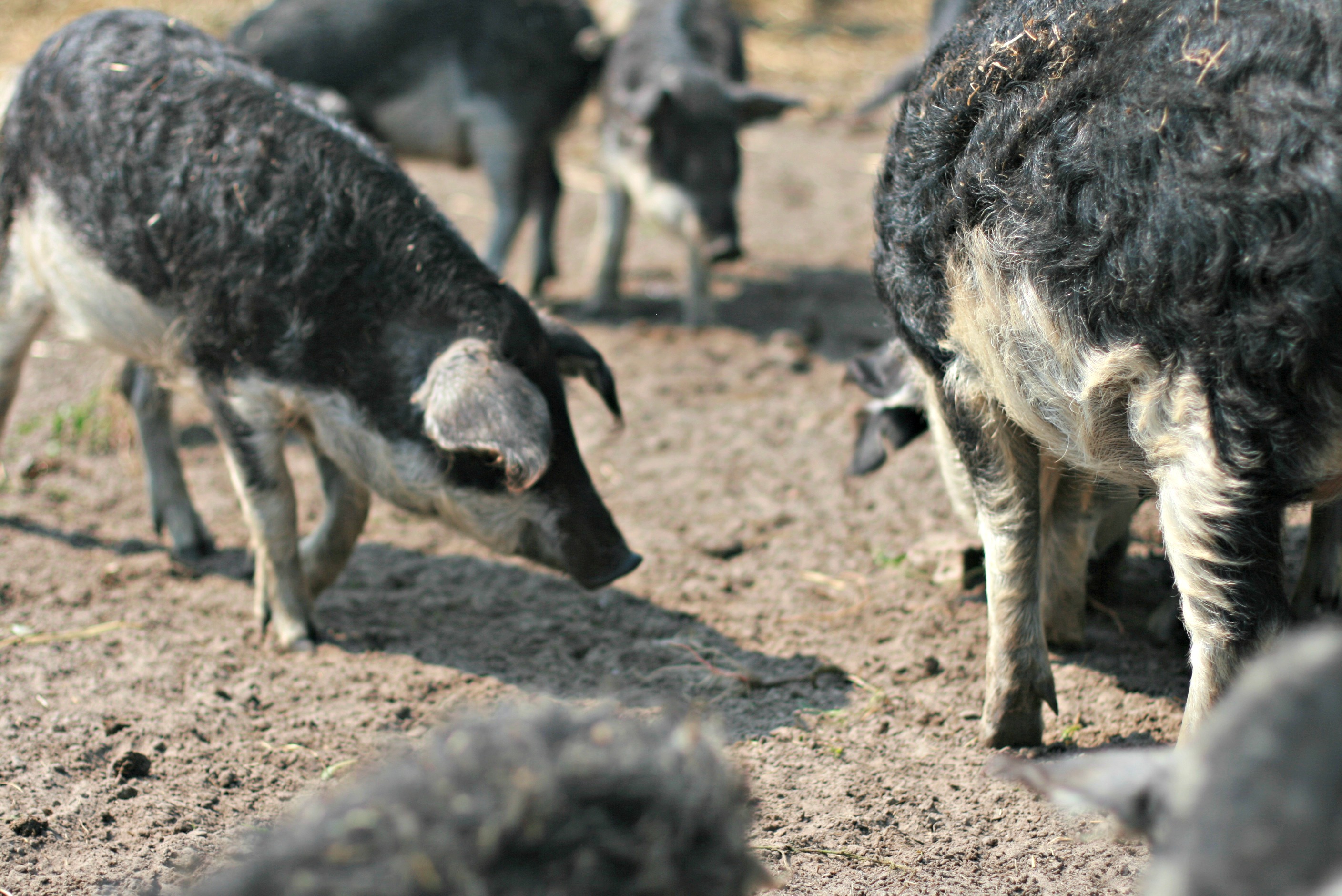
The name Mangalica derives from Serbo-Croatian and means something like ‘roll-shaped,’ indicating the pigs are well fed. Indeed, they are foragers and thrive as free range animals, eating acorns and chestnuts, along with the wheat and barley that is their recommended feed. American farmers talk of their ease in upkeep, and general good spiritedness. And their distinct appearance. The Mangalica is wooly—really wooly—covered in thick hair that comes in black, red, and blond. The heavy fleece, which may cause one to mistake them for sheep, makes them low maintenance in the winter. Some farmers are so taken with the pigs that they slyly suggest they would make good pets, if you happen to suddenly go vegetarian. Mangalicas typically don’t get slaughtered until they are 15 – 17 months old, which makes growing attached to them that much easier.
The pigs’ meat is just as distinctive as its looks, and known for its generous marbling. This makes it a much more decadent meal than leaner breeds of pork. While common pork is known as ‘the other white meat’ Mangalica thrives in its fat content. Pastry chefs rhapsodize about the lard, and sausage makers find it easy to work with. Famed food writer Ruth Reichl once tweeted: “Mangalitza’s (using the Serbian spelling) are the prettiest pigs. And their lard is perfect in pastry. Easy to roll out, very flaky, lovely, fresh flavor.”
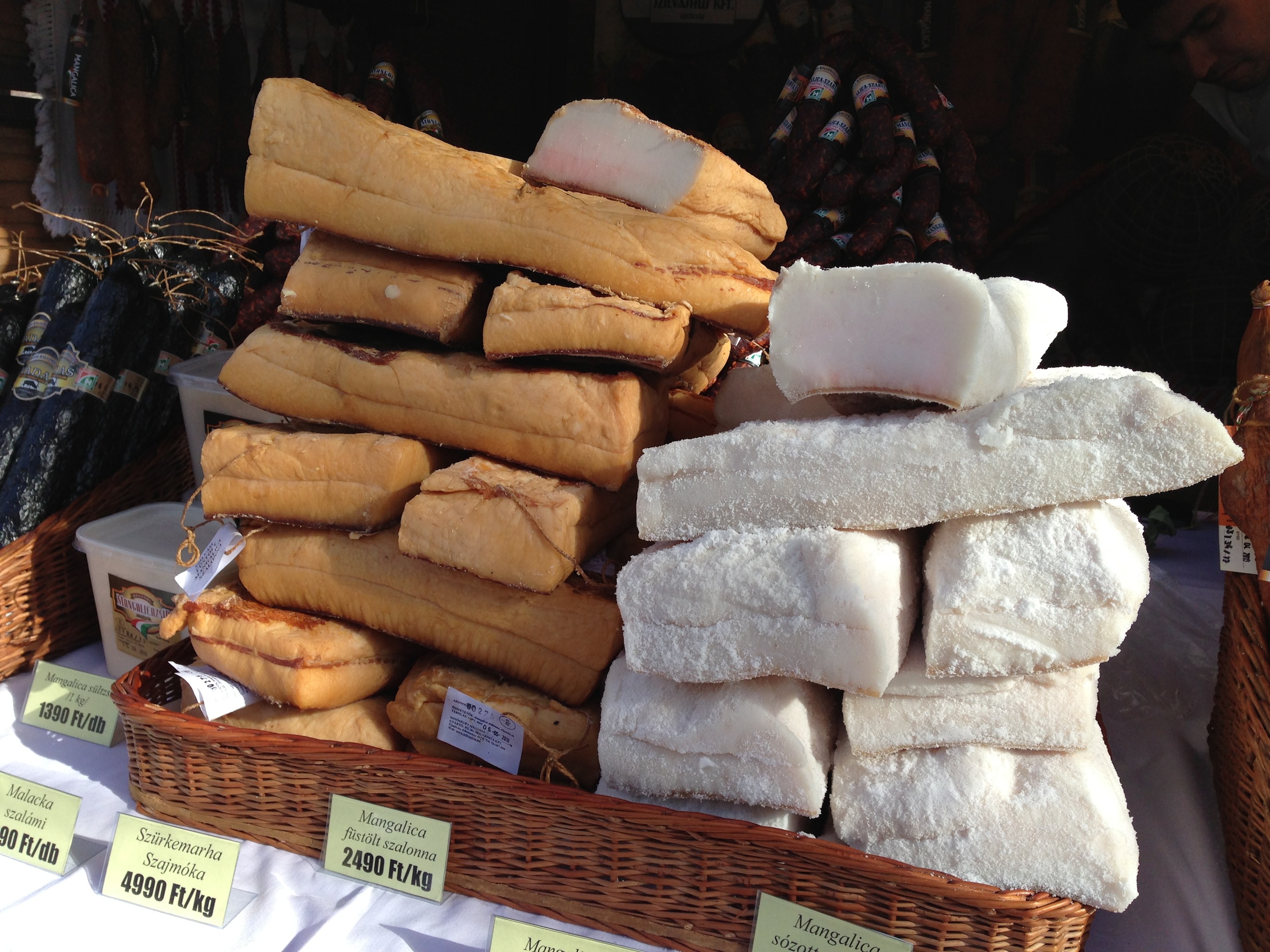
According to D’artagnan, an American purveyor of the meat, “Mangalica is one of the fattiest pigs in the world; on average 65-70 percent of the carcass is fat, and lean meat is only 30 – 35 percent of the carcass, compared to over 50 percent in modern breeds. But that meat is considered among the tastiest pork in the world. The meat of the Mangalica pig is reddish, highly marbled with creamy white fat, and is high in omega-3 fatty acids and natural antioxidants.”
Locally, Mangalicas have grown in popularity to the point where there are annual festivals to honor them in towns around Hungary. Abroad, the brand is taking off slowly, as more time is needed to breed the wonder pig to the point where it becomes a recognized name like blue-chip stars Iberian ham and Kobe beef. But they now number in the tens of thousands in Hungary and there are numerous farms in North America raising them for the kitchens of celebrity chefs and home cooks alike. Mangalica is back, and ready for its close-up.
Want to sample Mangalica sausage? We often try it on our Culinary Walk, and it is served during our Wine, Cheese, & Charcuterie Tasting and our Essentials of Hungarian Wine Tasting.
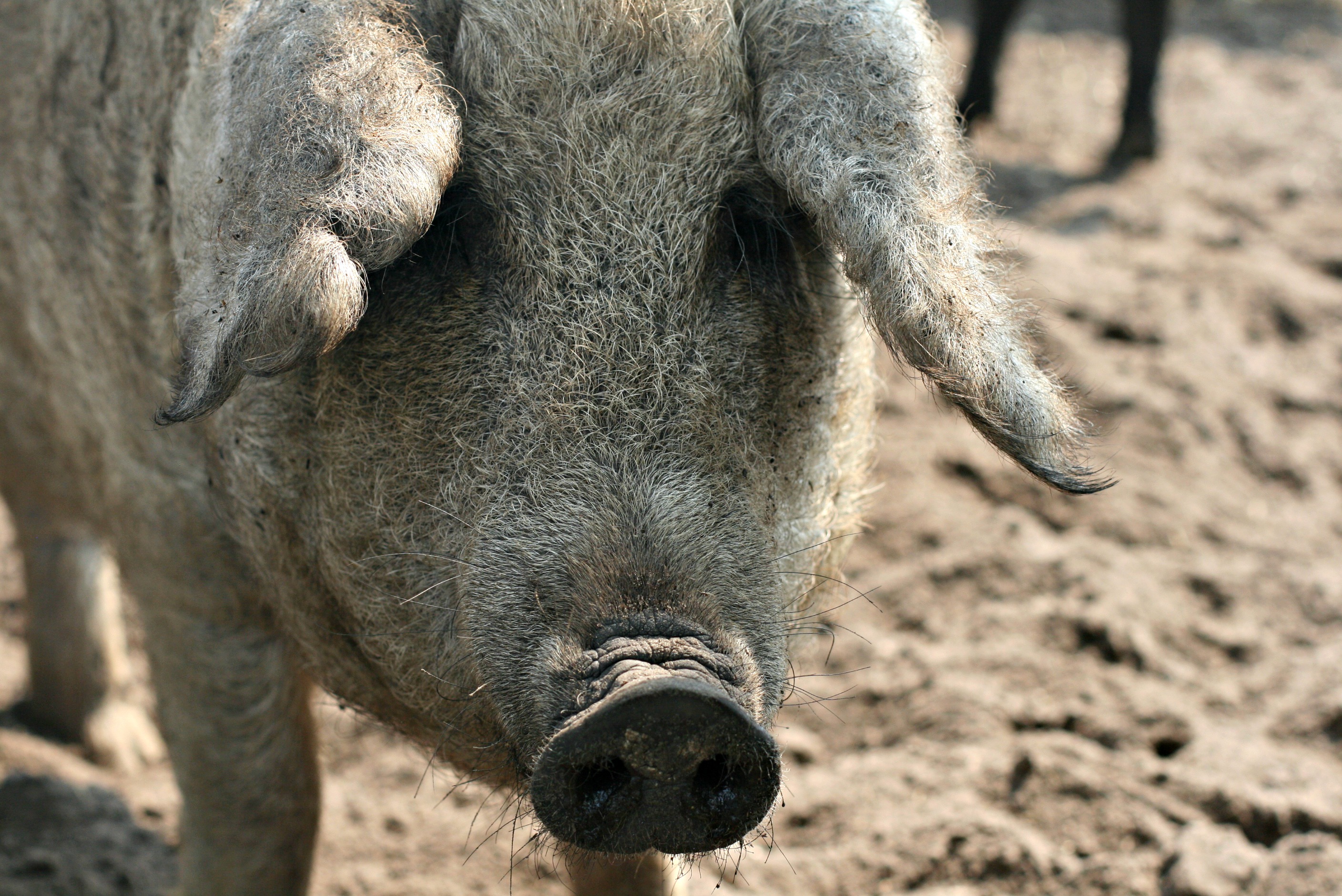



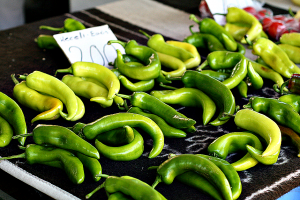

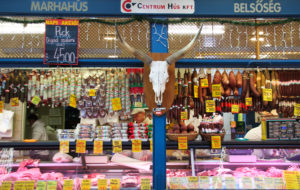



Comments(0)
Leave a comment!